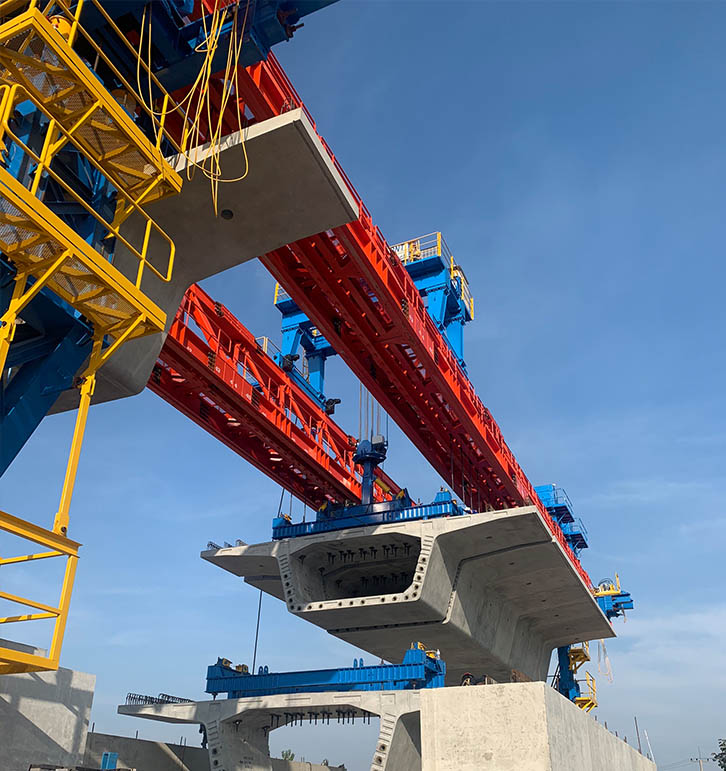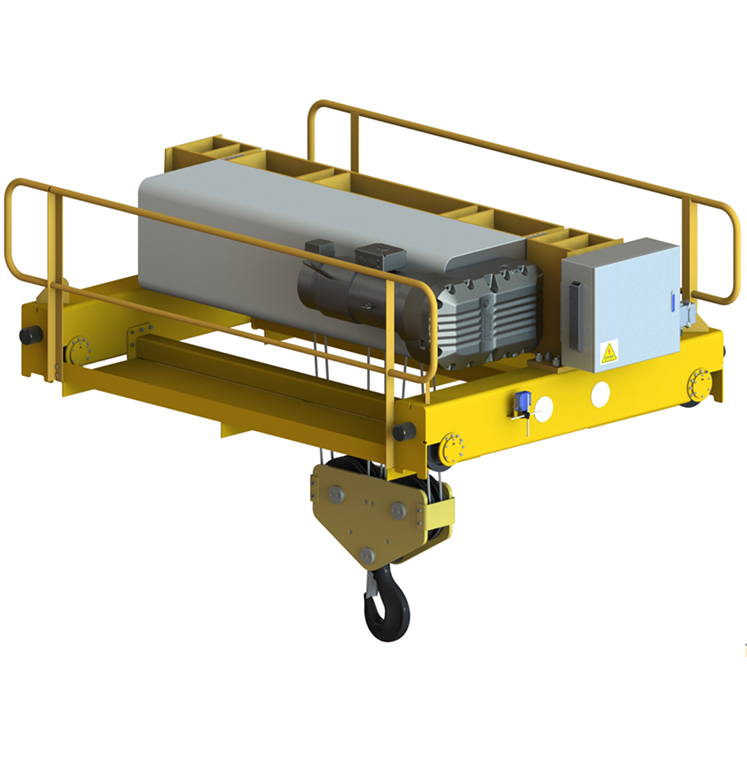Are Hoists and Cranes the Same? Decoding Industrial Equipment
Date: 2024-10-17 Share:
Understanding Hoists and Cranes: Defining Each
What is a Hoist?
Hoists are tools used to lift and lower heavy objects by winding a cable or rope around a drum or lift wheel. They can be operated manually or powered by electricity to cater to needs, in settings where moving materials vertically is necessary.
Key Features of a Hoist
Important aspects of a hoist include its lifting capability, which differs based on the type and model used, speed, and user-friendly operation features. Hoists are commonly used for lifting tasks in settings, like construction sites and warehouses. Moreover, safety measures such, as limit switches and overload protection are often integrated into hoists to guarantee material handling.
What is a Crane?
Cranes are machines created to lift and transport loads both horizontally and vertically. Their structure includes an arm called a boom that can pivot and extend to reach distances. They are widely utilized in construction projects, port facilities, and various industrial environments that need heavy lifting operations.
Key Features of a Crane
The versatility and flexibility of cranes are notable, for their ability to extend and move loads across distances by rotating and maneuvering efficiently within settings, with large weight capacities that surpass those of hoists commonly used in demanding applications.
Comparing Hoists and Cranes: Differences and Similarities
Functional Differences Between Hoists and Cranes
The key distinguishing factor, between hoists and cranes is their functionality; a hoist is primarily utilized for lifting purposes; on the contrary, a crane is built not for lifting but also for moving loads horizontally. As a result of this distinction, cranes are better suited for tasks that involve both lifting and transporting materials, across areas.
Design Differences in Hoists and Cranes
When it comes to design differences, between hoists and cranes hoists are usually simpler and smaller compared to cranes. Hoists typically use a system for movement while cranes have a more complex structure, with articulated arms and joints that offer enhanced maneuverability and operational range.
Common Uses for Hoists
In fields, like construction and manufacturing as well as shipping sectors hoists are frequently utilized for lifting heavy machinery and materials to elevated locations such as scaffolds or storage regions due to their perfect compact design, for confined spaces where cranes may not be suitable.
Common Uses for Cranes
Large construction projects and warehouses often rely heavily.
On cranes to lift and transport materials across distances efficiently. The flexibility of cranes, in rotating and extending their reach makes them essential for tasks, in infrastructure developments loading ships at ports, and handling materials within factories.
NANTE Products: Versatile Solutions for Industrial Needs
Overview of NANTE’s Crane Offerings
NANTE provides a selection of crane solutions tailored for industrial uses known for their strong build quality and advanced technology that users can rely upon with confidence, in their performance and safety standards across their range of overhead cranes, to gantry cranes and tower cranes meant to enhance productivity and safety during heavy lifting tasks.

Overhead Crane
An overhead crane is typically installed at the top of a building or beam and can move freely within a designated area. It consists of a horizontal beam and two tracks that allow it to transport heavy loads and large components. Overhead cranes are widely used in manufacturing, warehouses, and logistics centers, making them suitable for lifting heavy objects.
Gantry Crane
A gantry crane features a unique structure with two vertical supports and a horizontal beam, resembling a doorway. It can move on the ground and is commonly used in outdoor applications such as construction sites and ports. Gantry cranes are ideal for stacking and moving heavy goods, allowing for operation over a wide area.
Construction Crane
Construction cranes are specialized lifting equipment designed. They are used on construction sites. They assist in lifting and moving building materials, equipment, and workers. Especially in high-rise buildings and large infrastructure projects. Construction cranes are adjustable in height to accommodate different building elevations.
Workstation & Offshore Crane
Workstation cranes are used in workshops and workstations, designed to lift and move items over smaller distances, facilitating operations near assembly lines or production areas. Offshore cranes are specifically designed for marine operations, such as on oil rigs and maritime engineering projects, featuring corrosion resistance and high load capacity to withstand harsh marine environments.
NANTE’s Range of Hoists
NANTE offers a range of hoists, alongside cranes to serve industrial needs effectively with options ranging from manual to electric models equipped with advanced safety features and easy- to-use controls to enhance workplace productivity.

Choosing Between a Hoist and a Crane: Factors to Consider
Assessing the Weight Requirements
When choosing between a hoist and a crane the weight of the objects being lifted is a consideration to take into account; Hoists are typically used for tasks due, to their weight capacity while cranes are better suited for heavy-duty lifting purposes. By evaluating the weight needs of the job at hand one can tailor the solution to meet requirements efficiently.
Considering Operational Space
When deciding between a hoist and a crane, for your lifting needs the amount of space you have to work with is key. Hoists are better suited for spaces that require lifting abilities. Cranes on the side take up a room to navigate and reach farther distances. Taking a look, at your workspace will help you pick the equipment to ensure safety and productivity.
Evaluating Cost and Maintenance
The financial aspect and upkeep play a role, in decision-making processes within industries like the construction and manufacturing sectors. The initial investment and maintenance costs for hoists are generally lower than those for cranes. Evaluate the ownership expenses for both types of equipment carefully taking into account factors like downtime to make the most cost-effective choice, for your industrial requirements.
Enhancing Efficiency with the Right Choice: Case Studies from NANTE Products
Studies conducted by NANTE illustrate the impact of selecting the equipment on improving efficiency in various industries. For example, a car manufacturing facility that incorporated NANTE cranes noted a workflow and decreased material handling expenses. Likewise, a construction firm that used NANTE hoists saw project completion. Improved safety measures. By choosing equipment businesses can maximize productivity. Enhance overall operational effectiveness.
 English
English






